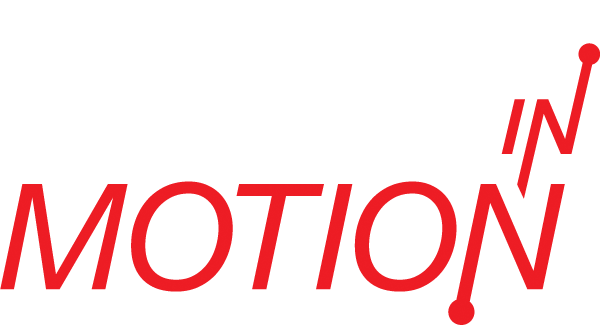This post was co-written by Norm Poynter & Roy Knive.
Before we discuss the “why” of Data Management let’s first ground ourselves on the meaning. First, it’s not Big Data, it’s not Data Analytics, and it’s not a Data Lake. All lovely terms which by themselves mean very little. According to the Data Management Association (DAMA) Data Management Body of Knowledge, “Data management is the development, execution and supervision of plans, policies, programs and practices that control, protect, deliver and enhance the value of data and information assets.” Let’s break it down. First off Data is singular. Data only truly ever becomes plural when it has under gone concatenation, by this we mean one piece of data is combined with another. Continue this trend in the correct fashion and the outcome is information. For instance, unless you know a stream of numbers is a well log they are only that – a stream of numbers. Adding the well log context (more data – location, time, pressure, volume) then turns that data stream into information about the performance of that well. Per a definition of Information, it is “Data that has been given value through analysis, interpretation or compilation in a meaningful form”. Thus managing data in this context yields useable information.

Now let’s consider management and its meaning. To manage something means to monitor, measure, report, control, adjust, and repeat. A thermostat manages the temperature of a room for example. There is a requirement (control) and response from the thermometer to the device (report) if the requirement changes (adjust) etc. Thus, Data Management is just that done over and over and over and over to ensure the outcome matches the requirement. Taking it further, managing that data by logging entries on a sheet of paper would enable analysis of historical information by a knowledgeable technician when trouble-shooting. However, recording the temperature data stream and inputs from the thermostat in digital form provides an opportunity to automatically signal anomalies in real time and enables integration with other systems. The company Nest now integrates data from their fire/smoke detectors with their automated thermostats to shut down gas furnaces in the event of a detected fire. In our example, integration of heat-source performance data with weather information is possible providing additional insights into total system effectiveness. Data management presents the opportunity to address changing conditions ahead of time (no one likes a chilly reception) and potentially identify system issues before they become failures.
Data management has quietly become the silent killer. Similar to strokes in humans, organizations find themselves hemorrhaging data. The pressure inside networks and repositories is causing data to spill over the sides and be stored in alternate data stores, thus exacerbating the data management problem. This is reality today, worsening in the future and data will be the driver to everything from marketing to how our self-driving car navigates to our destination. Of course this is the shift we as consumers experience, are comfortable with and have come to expect.
This post was co-written with Roy Knive, Founder & Principal Consultant, Luminal Technologies, Inc.




